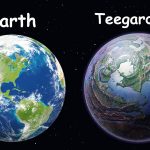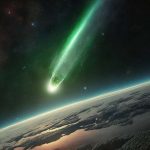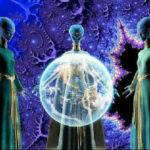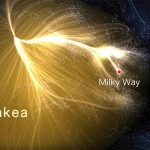In the night sky, stars always capture our attention, but there’s one star hidden in the vast cosmos that has only recently revealed its mysterious veil. Teegarden’s Star, a red dwarf star located in the Aries constellation, has piqued the interest of scientists not long ago due to its faintness and unique characteristics, despite its relative proximity to Earth. It is not only a rare star but also a potential home to two habitable planets. Let’s explore the mysteries of Teegarden’s Star and the possibility of new life in the universe.
Teegarden’s Star: A Unique Star with the Potential for Habitable Planets
Teegarden’s Star is a red dwarf star in the Aries constellation, located approximately 12.5 light-years from Earth. It has a mass only one-tenth that of the Sun and a surface temperature of only 2,700°C. Teegarden’s Star is one of the smallest stars known to humanity, and although it is relatively close to our solar system, its dimness meant that scientists didn’t confirm its existence until 2003 through large astronomical telescopes.
Recently, an international research team, after three years of continuous observation, discovered at least two potentially habitable planets near Teegarden’s Star. The lead author of the study, Mathias Zechmeister from the Institute of Astrophysics at the University of Göttingen in Germany, explained that these two planets resemble those in our solar system. They have slightly greater mass than Earth and are situated within the star’s habitable zone, where surface conditions allow for the presence of liquid water.
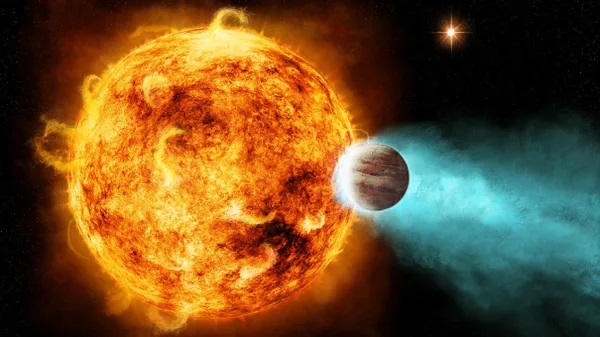
As many planetary systems have more than one planet, scientists speculate that these two planets likely belong to a larger planetary system. Professor Stefan Dreizler, a co-author of the study, mentioned that Teegarden’s Star is the smallest star around which scientists have been able to directly measure the weight of planets, marking a significant success in humanity’s efforts to find an “Earth” around red dwarf stars.
Using the advanced CARMENES planet-hunting instrument at the Calar Alto Observatory in Spain, scientists have employed the “radial velocity method” to discover 11 exoplanets. Professor Ansgar Reiners, the head of the CARMENES project at the University of Göttingen, noted that, in addition to measuring radial velocity, the “transit method” of observing planets passing in front of their host stars has also been used to find exoplanets.
Reiners believes that the location of Teegarden’s Star is unique, as it provides an excellent vantage point for observing Earth passing in front of the Sun, causing a dip in the star’s brightness. If planets near Teegarden’s Star have nurtured life or even extraterrestrial civilizations, they might have already used the “transit method” to detect Earth’s existence.
Teegarden’s Star: The Dim Red Dwarf and Its Planetary Neighbors
Although Teegarden’s Star is not far from our solar system, it is exceptionally dim, with an apparent magnitude of only 15, making it visible only through large professional telescopes. This red dwarf star moves southeastward at a rate of about 5 arcseconds per year and is one of only seven star systems known to have a faster proper motion among the systems we are aware of.
Teegarden’s Star is a small red dwarf star with low surface temperature and brightness, having an apparent magnitude of 15.4 (absolute magnitude of 17.47). This can be explained by the fact that, like many red dwarfs, it emits most of its energy in the form of infrared radiation.
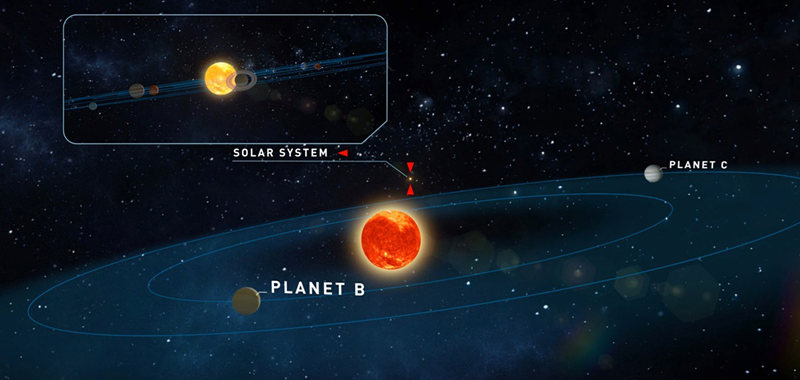
It was discovered in 2003 by a research team through an examination of previous optical images taken over five years by the Near-Earth Asteroid Tracking (NEAT) program, which used two one-meter diameter telescopes on Mauna Kea, Hawaii. The leader of this research team named the star after NASA astrophysicist Bonnard Teegarden.
In June 2019, an international research team, including researchers from the Spanish National Research Council, discovered two Earth-like planets orbiting Teegarden’s Star, located approximately 12.5 light-years from our solar system. These planets are believed to have a mass similar to Earth and a temperate climate that allows for the existence of liquid water on their surfaces, making them potentially suitable for habitation. The initial parallax measurement indicated a distance of 0.43±0.13 arcseconds, suggesting a proximity of only 7.50 light-years from Earth, making it the third-closest star system to us, after Alpha Centauri and Barnard’s Star but before Wolf 359.
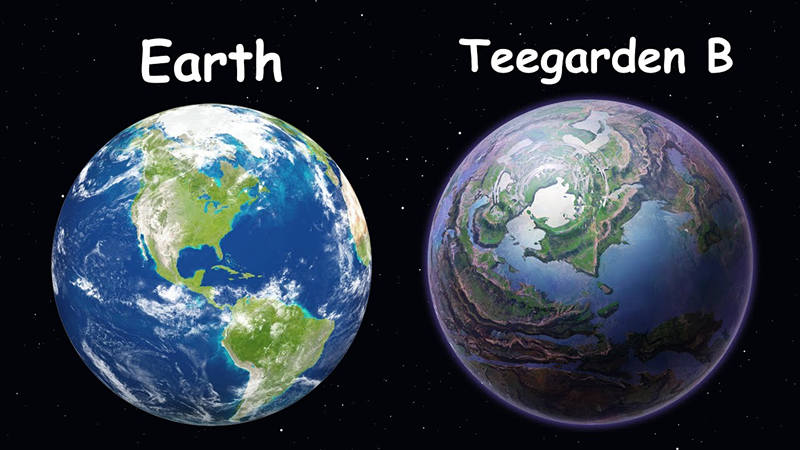
However, at the time, Teegarden’s Star exhibited unusually low luminosity (absolute magnitude of 18.5), and the high uncertainty in parallax hinted that its actual distance might be farther, though it still ranks as one of the closest star systems to the solar system, not as high as initially thought.
In 2009, American astronomer George Gatewood measured a more accurate parallax value, 0.2593 arcseconds, which is now widely accepted, placing its distance at 12.578 light-years. It is currently the 23rd closest star system known to us and the closest star system within the Aries constellation.
Teegarden’s Star is relatively close to us, and as technology continues to advance, perhaps one day humanity will set foot on this red-hued world, heralding the dawn of the space age.
END:
In conclusion, Teegarden’s Star, this faint red dwarf, along with its two potentially habitable planets, has opened a new window into the universe for us. In the future, we will continue to delve deeper into the study of this star system, exploring more mysteries and possibilities. With the continuous development of technology, we may one day gain a more detailed understanding of these two planets and even discover signs of life. Teegarden’s Star is our neighbor in interstellar space and a part of our quest for life in the cosmos. Future scientists and explorers will continue to drive our exploration of this unique star, bringing us more surprises and inspiration.
More UFOs and mysterious files, please check out our YouTube channel: MysFiles
The Day After Roswell – UFO secrets and Reverse Engineering

